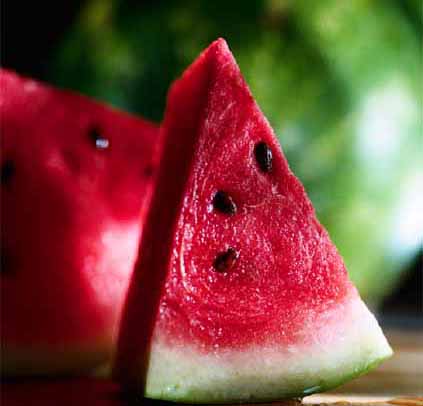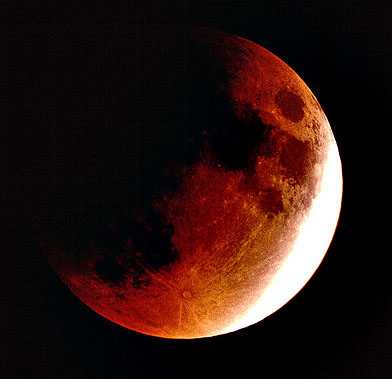Can it GET any hotter? (and lunar eclipses)
To Summer
by William Blake
O thou who passest thro’ our valleys in
Thy strength, curb thy fierce steeds, allay the heat
That flames from their large nostrils! thou, O Summer,
Oft pitched’st here thy goldent tent, and oft
Beneath our oaks hast slept, while we beheld
With joy thy ruddy limbs and flourishing hair.
Beneath our thickest shades we oft have heard
Thy voice, when noon upon his fervid car
Rode o’er the deep of heaven; beside our springs
Sit down, and in our mossy valleys, on
Some bank beside a river clear, throw thy
Silk draperies off, and rush into the stream:
Our valleys love the Summer in his pride.
Our bards are fam’d who strike the silver wire:
Our youth are bolder than the southern swains:
Our maidens fairer in the sprightly dance:
We lack not songs, nor instruments of joy,
Nor echoes sweet, nor waters clear as heaven,
Nor laurel wreaths against the sultry heat.

Shall I compare thee to a summer’s day?
(Sonnet 18)
by William Shakespeare
Shall I compare thee to a summer’s day?
Thou art more lovely and more temperate.
Rough winds do shake the darling buds of May,
And summer’s lease hath all too short a date.
Sometime too hot the eye of heaven shines,
And often is his gold complexion dimmed;
And every fair from fair sometime declines,
By chance, or nature’s changing course, untrimmed;
But thy eternal summer shall not fade,
Nor lose possession of that fair thou ow’st,
Nor shall death brag thou wand’rest in his shade,
When in eternal lines to Time thou grow’st.
So long as men can breathe, or eyes can see,
So long lives this, and this gives life to thee.

Partial Lunar Eclipse of June 26
The first lunar eclipse of 2010 occurs at the Moon’s ascending node in western Sagittarius about 3° east of the Lagoon Nebula (M8). It is visible from much of the Americas, the Pacific and eastern Asia (Figure 2). The Moon’s contact times with Earth’s shadows are listed below.
Penumbral Eclipse Begins: 08:57:21 UT
Partial Eclipse Begins: 10:16:57 UT
Greatest Eclipse: 11:38:27 UT
Partial Eclipse Ends: 12:59:50 UT
Penumbral Eclipse Ends: 14:19:34 UT
At the instant of greatest eclipse4 the umbral eclipse magnitude5 will reach 0.5368. At that time the Moon will be at the zenith for observers in the South Pacific. In spite of the fact that barely half of the Moon enters the umbral shadow (the Moon’s northern limb dips 16.2 arc-minutes into the umbra), the partial phase still lasts 2 2/3 hours.
Figure 2 shows the path of the Moon through the penumbra and umbra as well as a map of Earth showing the regions of eclipse visibility. New England and eastern Canada will miss the entire eclipse since the event begins after moonset from those regions. Observers in western Canada and the USA will have the best views with moonset occurring sometime after mid-eclipse. To catch the entire event, one must be located in the Pacific or eastern Australia.
Table 3 lists predicted umbral immersion and emersion times for 15 well-defined lunar craters. The timing of craters is useful in determining the atmospheric enlargement of Earth’s shadow (see Crater Timings During Lunar Eclipses).
The June 26 partial lunar eclipse belongs to Saros 120, a series of 83 eclipses in the following sequence: 21 penumbral, 7 partial, 25 total, 7 partial, and 23 penumbral lunar eclipses (Espenak and Meeus, 2009). Complete details for the series can be found at:
eclipse.gsfc.nasa.gov/LEsaros/LEsaros120.html
